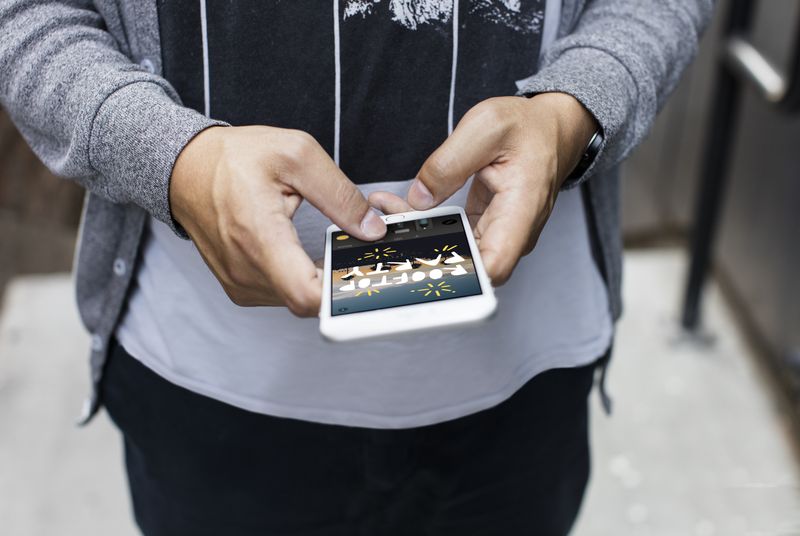Australia’s 4G Is So, So Much Better Than The US
You know all of those commercials you see from the top four wireless carriers bragging about how fast their LTE data speeds are and how wide their LTE footprints are?
Despite fierce competition to improve service and win over subscribers among the big four carriers in the country, the United States just barely makes the top ten in a LTE coverage comparison, a new report from Open Signal found. South Korea tops the LTE coverage charts with 97% covered, followed by Japan (90%) and Hong Kong (86%). The US sits at number 10 in that ranking, with about 85 to 65 percent of the population using LTE. Adopting the technology later on, when it was already more advanced, apparently allowed others to shine in download speeds even if they arrived late to the party. New Zealand, Singapore and Romania are the top 3 countries to offer the best download speeds with 36Mbps, 33Mbps and 30Mbps respectively, but the United States drops to the No. 55 spot out of all 68 countries listed.
Meanwhile, some countries which introduced LTE relatively early on (including the USA, Japan, Sweden, and Germany) are starting to see their data speeds suffer by comparison. In OpenSignal’s list, the United States trails India, which also has average download speeds of 10Mbps on LTE, and comes ahead of Indonesia, which has average LTE download speeds of 9Mbps.
Interestingly, the overall score for the United States, as well as most of the individual carrier scores, actually represented a slight decrease from the second quarter of 2015.
More specifically, OpenSignal explains that early adopters of LTE are also “suffering from their own success”. “In the U.S., for instance, LTE’s introduction in 2010 resulted in a huge base of LTE subscribers in the country today. Those subscribers are all competing for the same network resources, slowing down average speeds”.
In contrast, the best performing nation for LTE – taking into account a combination of speed and coverage – is South Korea, according to data collected from 325,221 users of OpenSignal, an app that maps cellular coverage. This first mover disadvantage isn’t a hard and fast rule, though, and countries such as South Korea have managed to keep up by expanding their networks into new frequencies and upping their capacity.
Here inside the States, the report found that Verizon Wireless has tied T-Mobile for the fastest LTE speeds available domestically.








